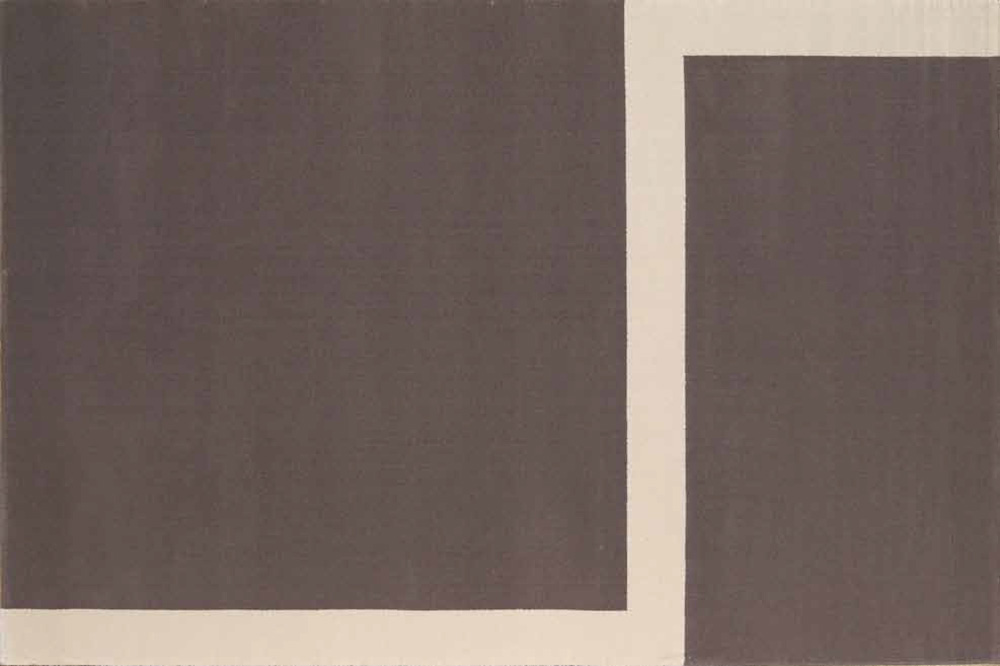ART-PRESENTATION: Günther Förg
 Günther Förg was as equally influential on the 20TH Century German art scene as, for example, Martin Kippenberger. He produced photographs and paintings, as well as wall paintings, sculptures, and reliefs. In the 1980s and ’90s Förg’s work was continually reinterpreted: initially considered a postmodernist, he was later seen as engaging with the legacy of expressionism.
Günther Förg was as equally influential on the 20TH Century German art scene as, for example, Martin Kippenberger. He produced photographs and paintings, as well as wall paintings, sculptures, and reliefs. In the 1980s and ’90s Förg’s work was continually reinterpreted: initially considered a postmodernist, he was later seen as engaging with the legacy of expressionism.
By Dimitris Lempesis
Photo: Deweer Gallery Archive
The exhibition with works by Günther Förg that is on presentation at Deweer Gallery, focuses on Förg’s contribution to painting and drawing. Förg showcased the essence of color, for example by placing bold and muted colors side by side. Günther Förg presents color as a very sensual impulse in our life. Striking also is his research into the importance of gestures that make the color sensation possible and the importance and possibilities of the carrier, from lead and copper to cotton and paper, and the influence of matter on the effect of a particular color. The oldest exhibited work dates from 1991, the year Förg visited and photographed the modern architecture of the Bauhaus school in Dessau. The ideals of the Bauhaus, such as the use of simple and clear lines and the reduced, functional forms of their architecture, as well as the Bauhaus philosophy and more specifically the evaluation of the current state of affairs in the arts, have had a deep influence on his work. Remarkable is his obsession with windows and the possibilities of window frames, which reoccur as a motif in the grid-like structures and the concentrated networks of thick brushstrokes that characterize his window paintings and grid paintings. Sometimes the brushstrokes suggest bars or a balcony balustrade. It is always through windows that we look at the space behind. The painterly gesture evinces the absolute artistic freedom of the artist. Förg challenges us to look beyond the form, to the essence of colors and the creativity and virtuosity of his haunting paintings. Some of the artists that influenced Förg’s abstract style are Cy Twombly and Ellsworth Kelly. In 1977, after his colleague Blinky Palermo had passed away, he turned to minimal art. This phase was followed by some of his prominent works in the early 1980s. His work “Alubilder”, from the early 1980s, was assembled of aluminum sheets, with linear patterns painted on them. It was at this time that Förg was using photography for his art, mostly large formats of a variety of famous architectural sites. His interest in photography led him to travel a lot around Europe, with a keen interest for Bauhaus buildings. The grainy quality of his photograph conveys his preoccupation in the process of fragmentation making it a modern style. This effect was to suggest a similarity with paintings. His sharp-angled perspectives on some of the Bauhaus structures in Israel, of fascist ones in Italy, serve to suggest the nature of those buildings. To present his photographs, he used thick protective glass which reflected the room and the viewer. The gallery already exhibited his work in 1991, on the occasion of the group exhibition “To Return To Base”. This was followed by various group shows and three solo exhibitions (1995, 2000 and 2013). This last solo exhibition is special for many reasons. Günther Förg, already seriously ill, drew the scenography of the exhibition himself from his home in Germany. The relationship between the works of art and the surrounding space was crucial for Förg. The architectural surroundings form an integral part of the presentation of his work.
Info: Deweer Gallery, Tiegemstraat 6A, Otegem, Duration: 24/10-9/12/18, Days & Hours: Wed-Fri & Sun 14:00-18:00 and by appointment, www.deweergallery.be


